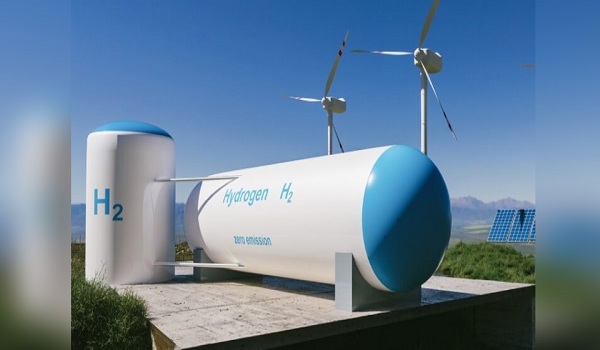According to a recent study by environmental and energy think-tank, Climate Risk Horizons (CRH), India’s green hydrogen move may worsen pollution if steps are not in place to curb fossil fuel emissions in green hydrogen production.India’s National Green Hydrogen Mission, piloted by the Ministry of New and Renewable Energy (MNRE) expects to manufacture five million tonnes by 2030.
Present Issue in Green Hydrogen Production
Definition of Green Hydrogen
- The MNRE has defined green hydrogen as hydrogen production that emits no more than 2 kg of carbon dioxide per kg of hydrogen.
- However, this definition is currently subject to interpretation, raising concerns about its practical implementation.
Continuous Operation of Electrolysers
- If electrolysers (essential for green hydrogen production) run 24/7, they would need to operate at night when there is no solar power available. This would likely require drawing electricity from the conventional coal-fired grid, using which could increase carbon emissions.
Lack of Transparency in Project Electricity Sources
- The report notes that the majority of projects have not disclosed their electricity sources, and it remains unclear whether the few projects that have made commitments are meeting 100% of their electricity requirements from renewable sources.
Implications of Green Hydrogen Production
Biomass Use and Green Hydrogen Production
- India’s standards for green hydrogen production permit the use of biomass, which, when burned, also generates carbon emissions. This introduces a challenge in achieving truly clean green hydrogen.
Diversion of Renewable Energy Capacity
- The production of green hydrogen requires a significant amount of renewable energy (RE) capacity. However, diverting a substantial portion of this capacity to green hydrogen production may result in insufficient clean electricity for consumers.
- This would require the installation of renewable energy capacity worth 125 GW, equivalent to about 13% of India’s present electricity generation.
- The risk of diverting finances from projects that would help decarbonize the electricity grid to green hydrogen production is a concern.
Industry Expansion and Investment
- Several major power utilities in India, such as Reliance Industries, the Adani Group, and the National Thermal Power Corporation, have announced ambitious plans to increase their green hydrogen production where such concerns could deter further investments.
Significance of Green Hydrogen
Achieving Emission Target
- Green hydrogen energy is vital for India to meet its Nationally Determined Contribution (NDC) Targets and ensure regional and national energy security, access and availability.
- Under the Paris Climate Agreement, India pledged to reduce the emission intensity of its economy by 33-35% from 2005 levels by 2030. Green hydrogen can drive India’s transition to clean energy, combat climate change.
Energy Storage and Mobility
- Green Hydrogen can act as an energy storage option, which would be essential to meet intermittencies (of renewable energy) in the future.
- In terms of mobility, for long distance mobilizations for either urban freight movement within cities and states or for passengers, Green Hydrogen can be used in railways, large ships, buses or trucks, etc.
Reducing Import Dependence
- It will reduce India’s import dependency on fossil fuels. The localisation of electrolyser production and the development of green hydrogen projects can create a new green technologies market in India worth USD 18-20 billion and thousands of jobs.

